MASAMI TERAOKA (n. 1936)
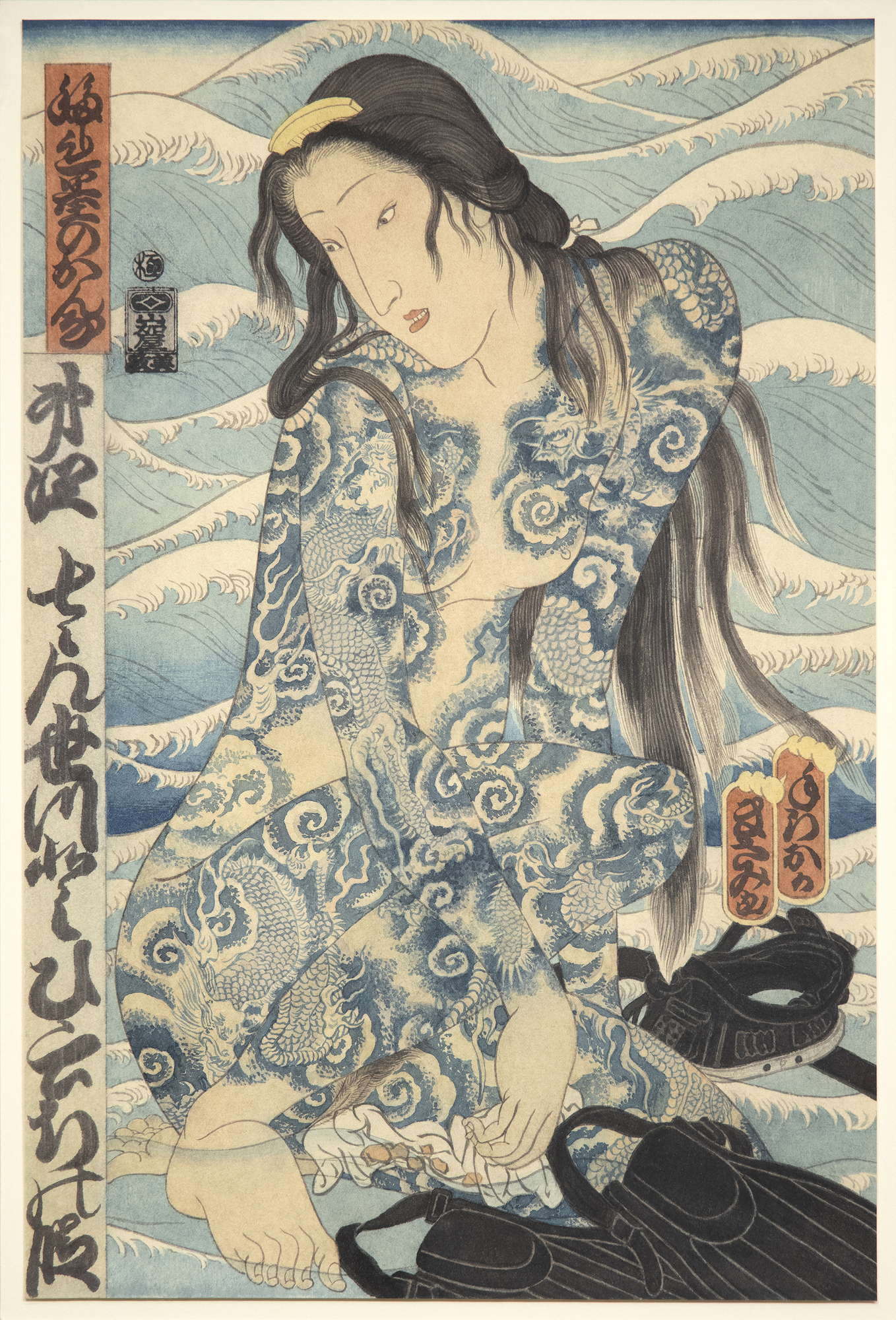
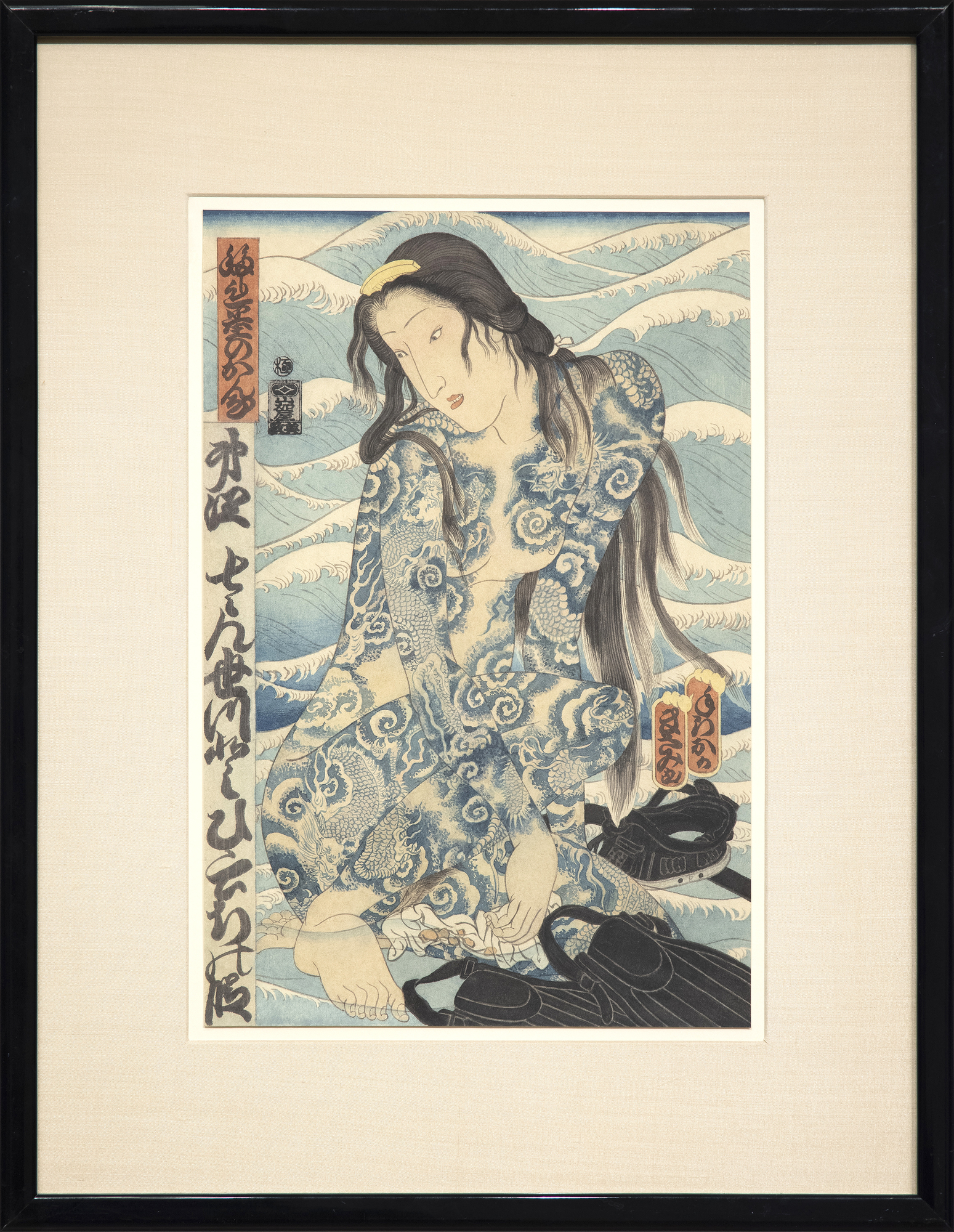
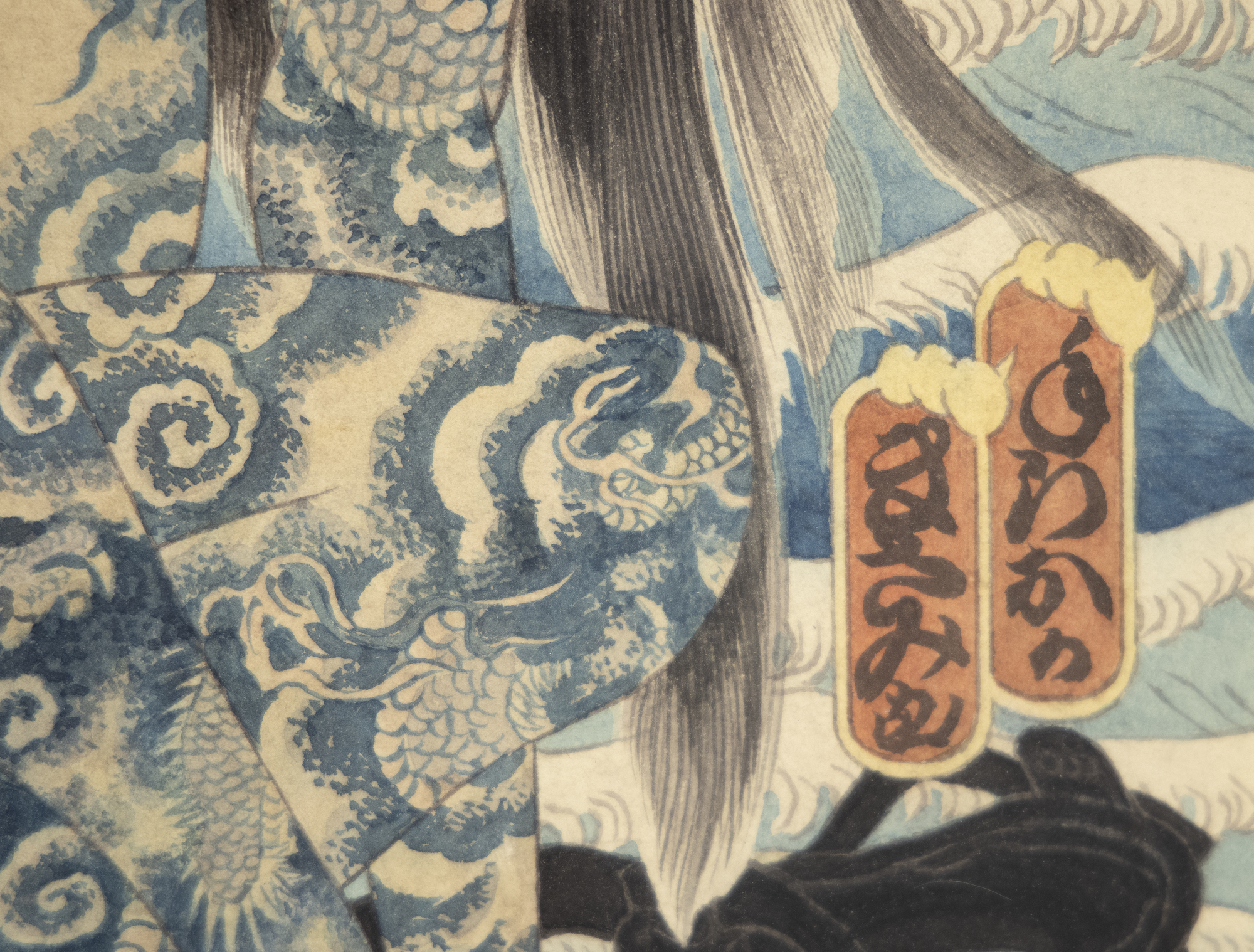
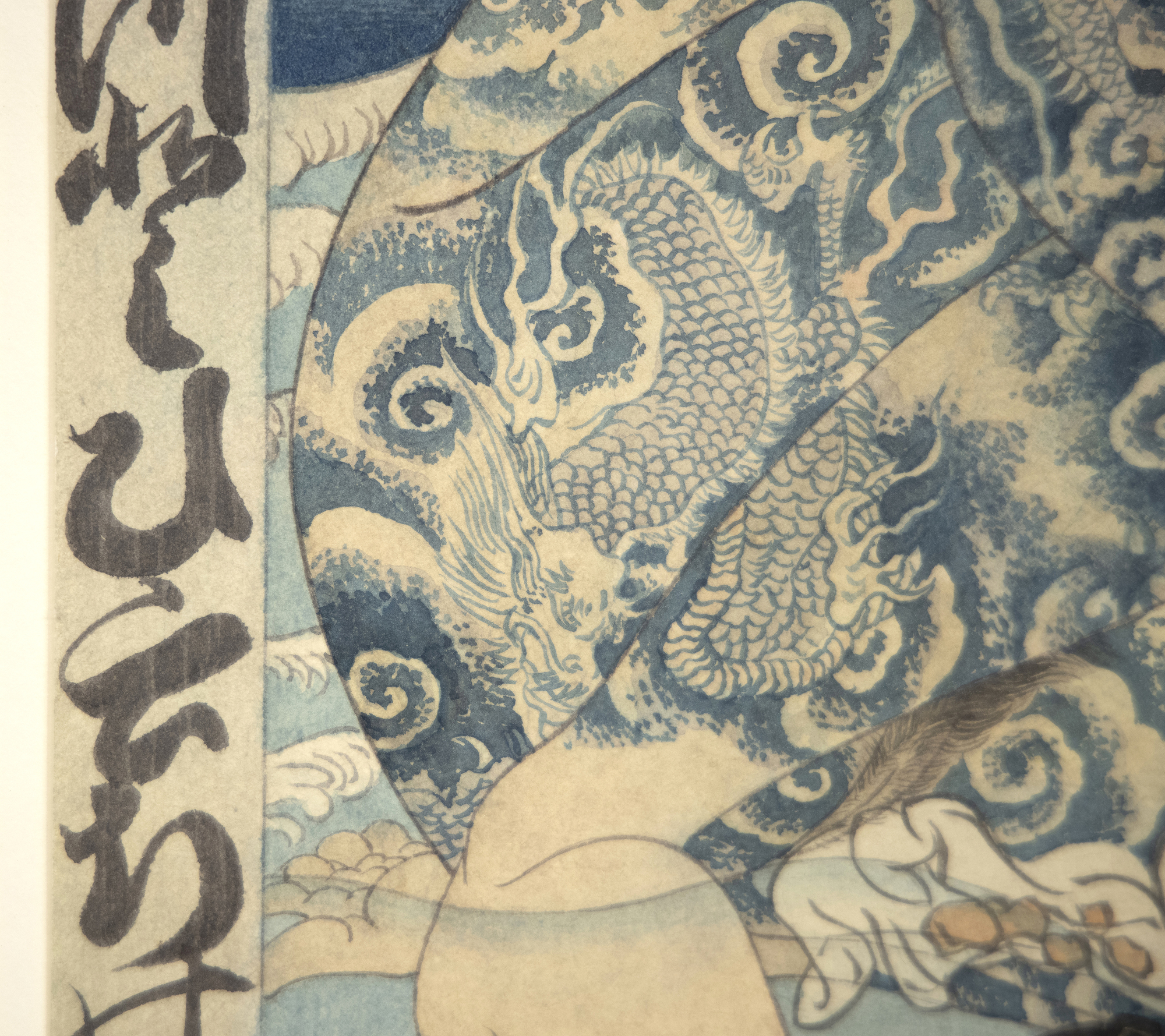
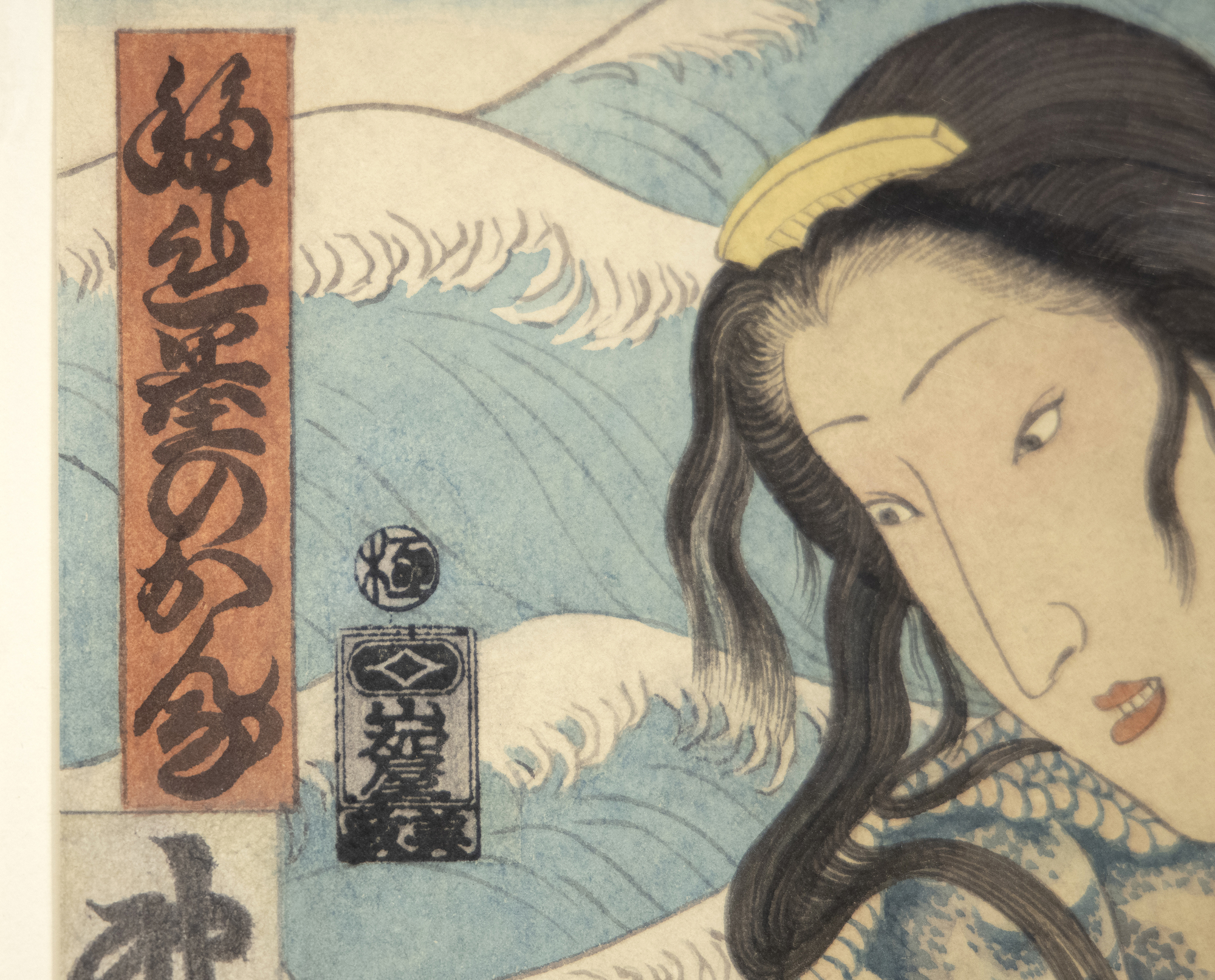
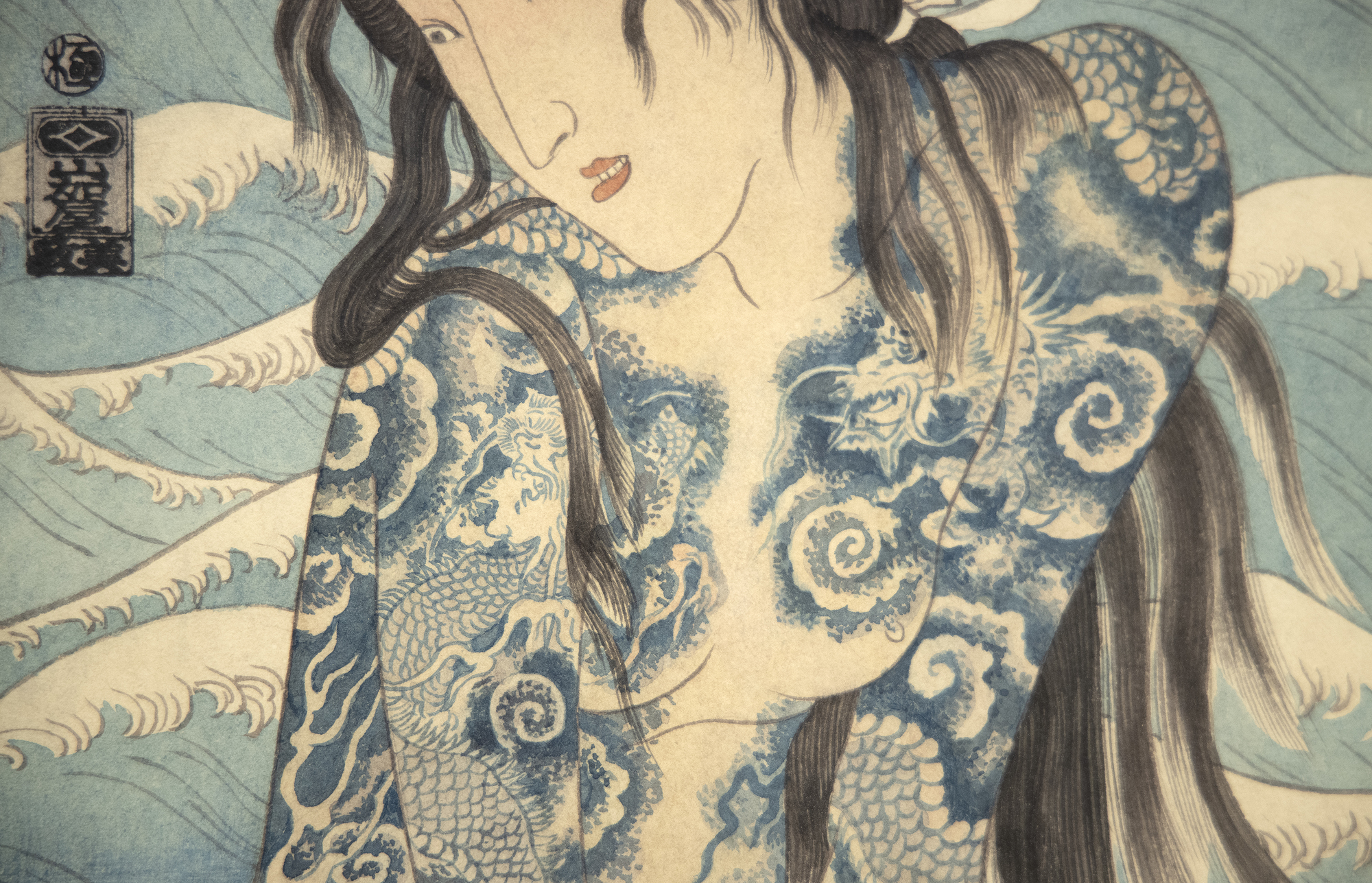
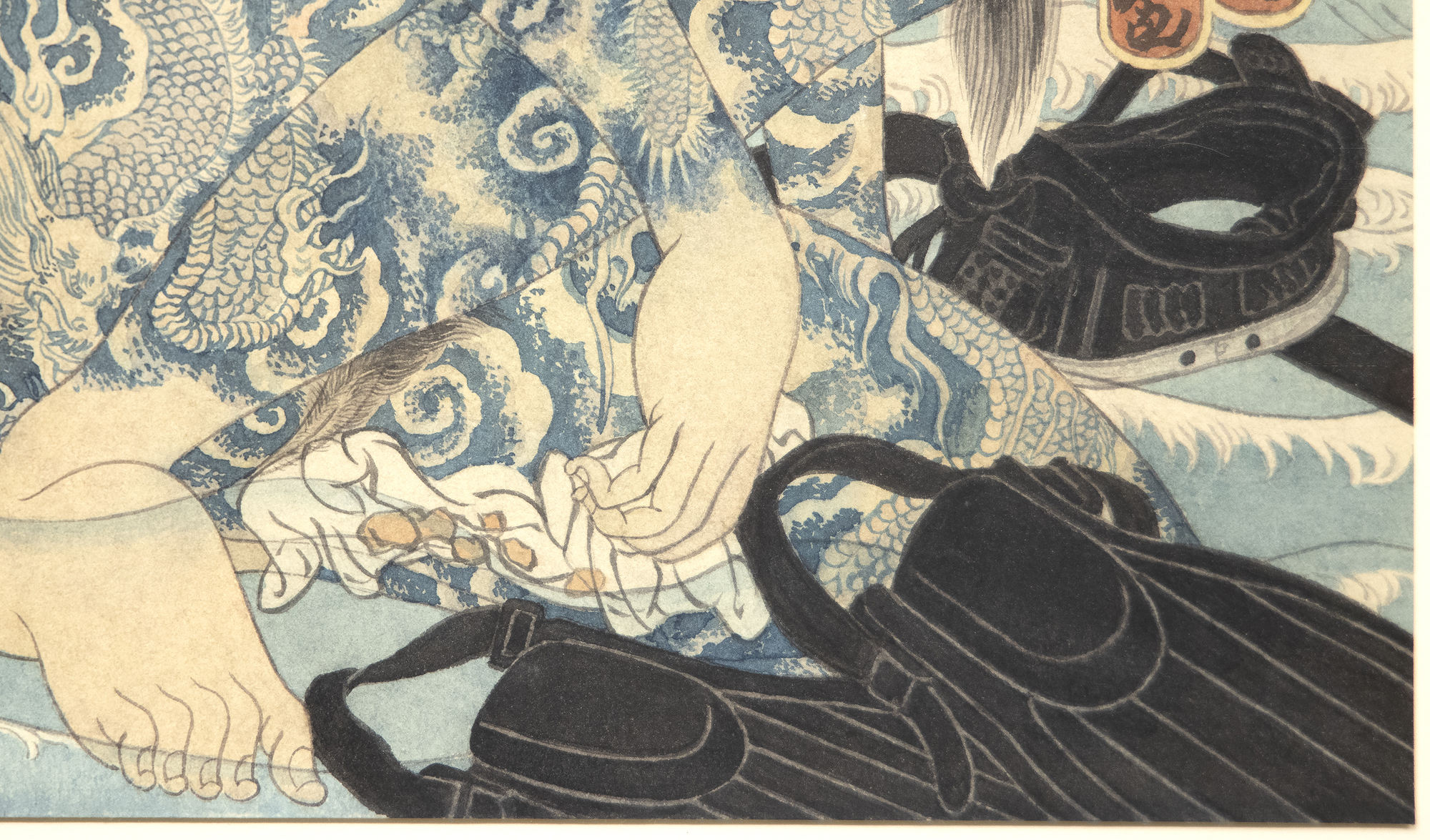
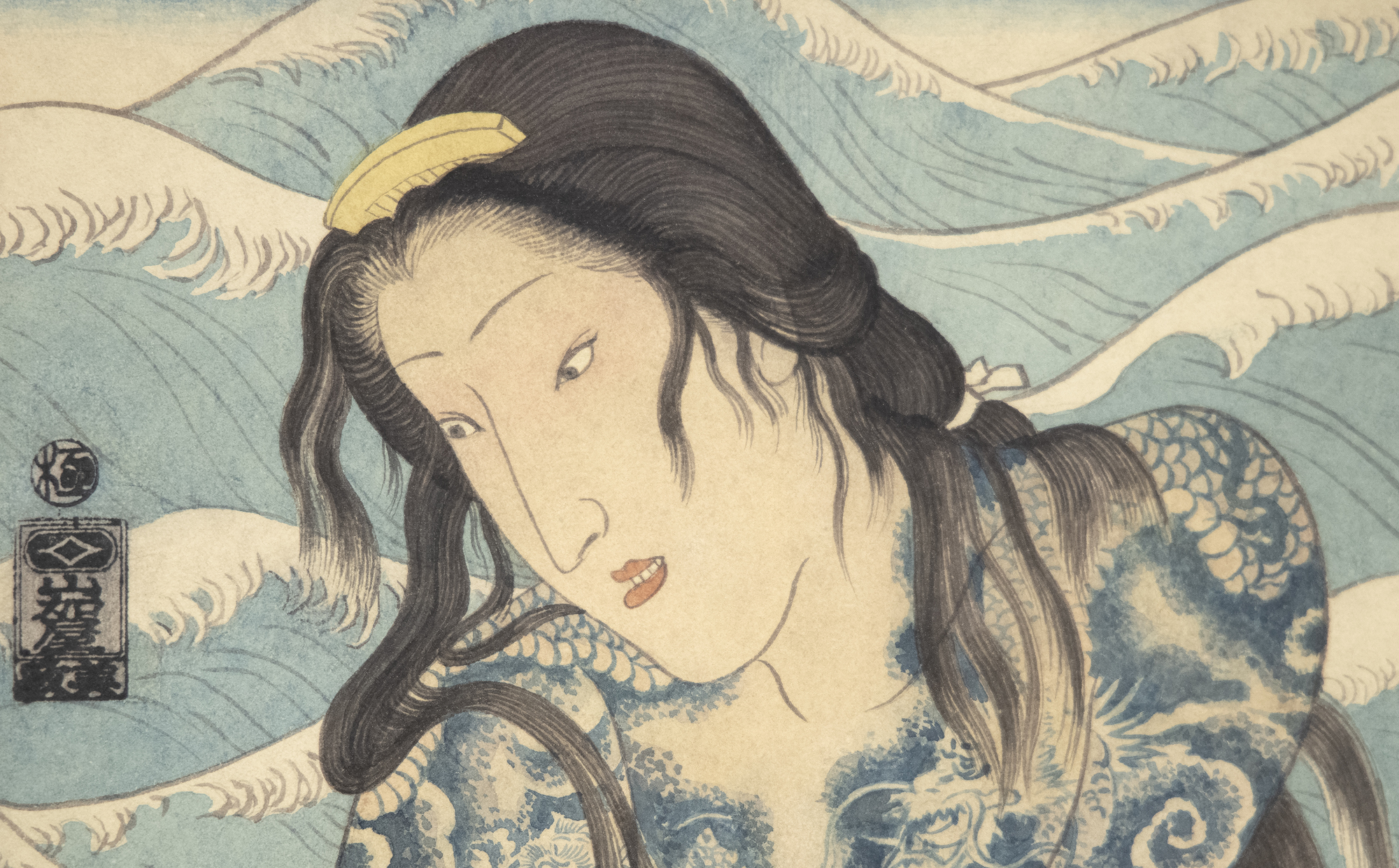
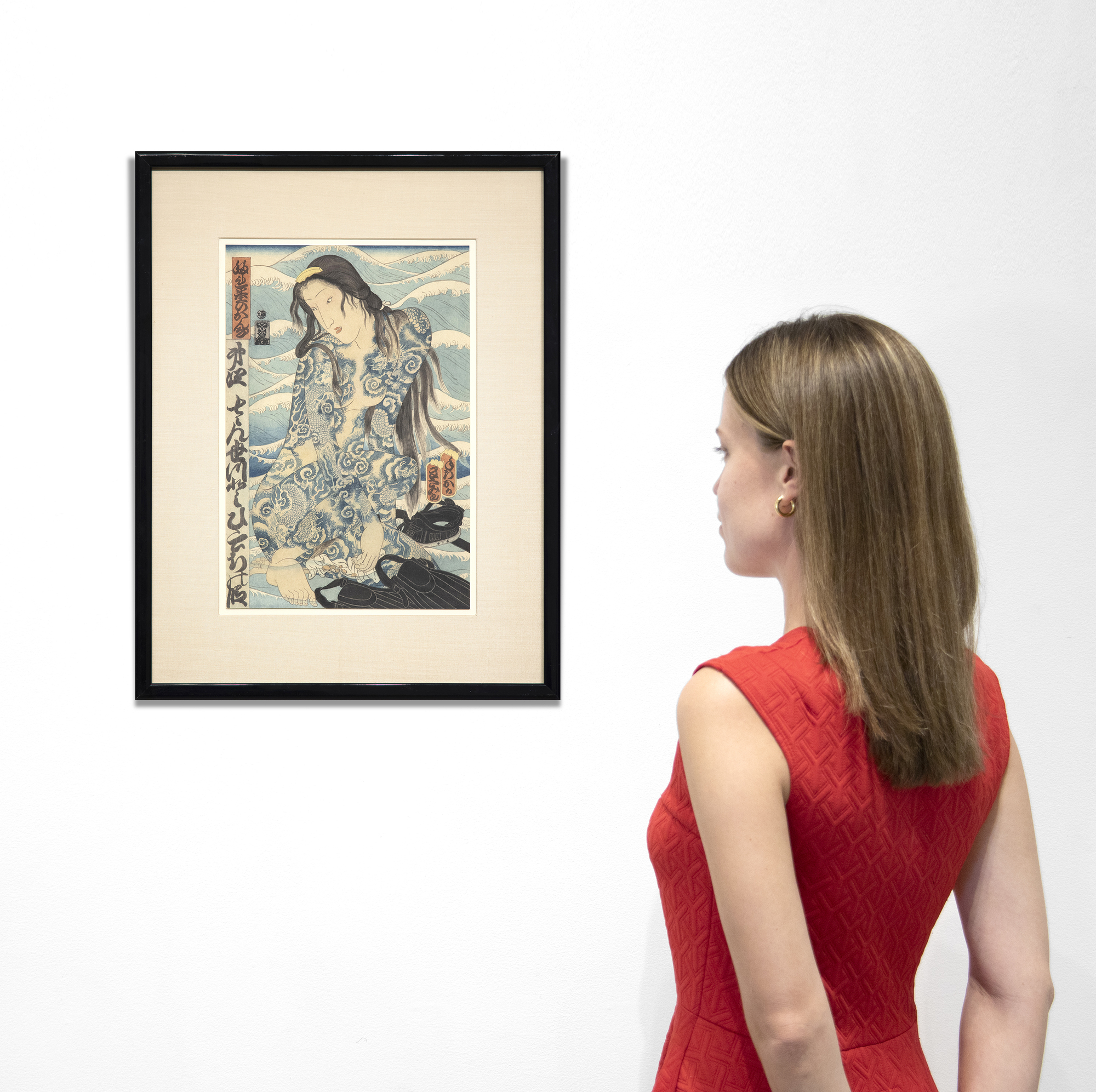
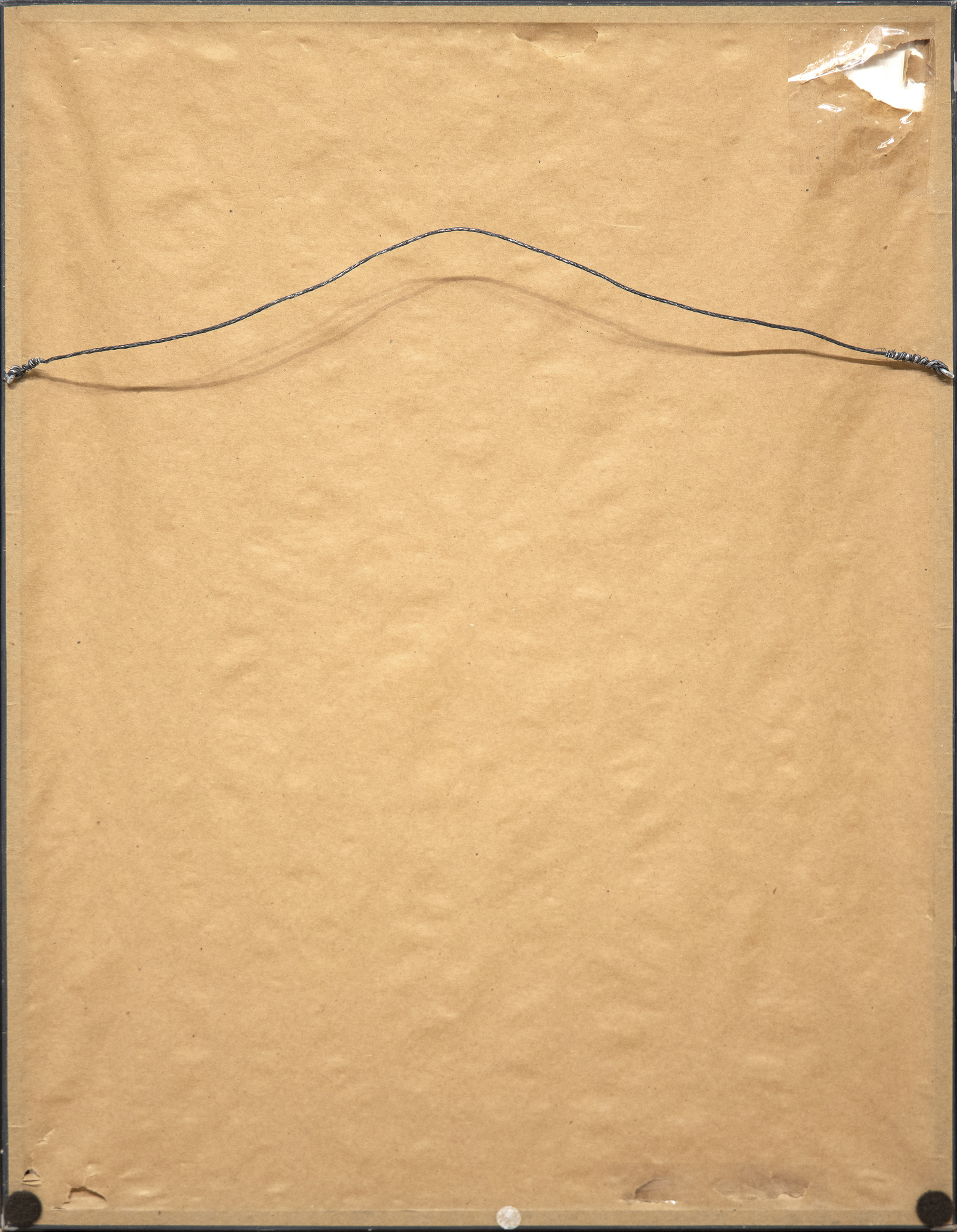
Procedencia
Colección privadaLiteratura
Teraoka, M., Hoffman, K., Heartney, E., Bing, A., & Clark, C. (2012), Ascending chaos: The art of Masami Teraoka 1966-2006, San Francisco, Calif: Chronicle Books LLC, ilustrado70,000
Las piezas de Teraoka mezclan humor y comentario social. A menudo ha tocado temas tan diversos y urgentes como la crisis del sida, el consumismo, los atentados del 11 de septiembre, etc. Teraoka señala sobre su propia obra: "Integrar la realidad con la fantasía, el humor con el comentario y la historia con el presente se convirtió en mi reto".
Hay obras de Teraoka en la Tate Modern, el Museo Metropolitano de Arte, el Museo de Arte Moderno de San Francisco, el Smithsonian, el Museo de Arte del Condado de Los Ángeles y el Walker Art Center, entre otros.


